.jpg)
Welcome to the second episode of the Pathological rashes of the human body series! In case you're new to the series, this a series where we discuss the rashes that are actually red flags or warning signs of a sinister diagnosis and in the last episode, we talked about the Salmon pink rash (Yummy!) which is a feature of the notorious Juvenile Idiopathic Arthritis.
In this episode however, we'll talk about a rash that sounds less like food but more like a map.
This rash is described as Islands of white in a sea of red
Imagine that for a second.
You did? Good, because that's exactly how it looks like.
As always, before we discuss the condition associated with this skin changes, it's time to get to know the rash up close and personal.
HOW IT LOOKS LIKE
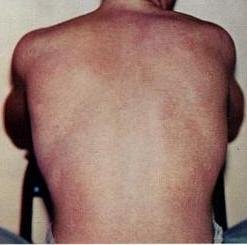
The name of the rash itself is self-explanatory (In case you're still not seeing it). Other feature of this rash is that it usually manifests between day 2 to day 5 of fever and it can occur at any part of the body except for the face. This rash is pruritic (itchy) in nature. While the very acute stage may only produce sea of red and blanches upon palpation, once the petechial bleed confluence, they become the islands of white that doesn't blanch upon palpation - A featured shared with another disease I'll talk about in future episodes.
The disease affiliated with this conspicuous rash is none other than the infamous ..... DENGUE FEVER
Dengue Fever is a disease endemic to a few countries especially those of tropical setting which includes Malaysia so this topic is very close to my heart. I see a lot of Dengue cases in the hospital and for the purpose of this post, I’ll also be sharing Malaysian data and input regarding Dengue Fever.
The name Dengue had its root from the Swahili word Kidingapepo, a word they use to describe the disease. Side note, this isn’t the only mosquito-borne disease to have its root name originating from a Swahili word (Google Chikungunya)
Dengue virus (DENV), an RNA virus from the Flaviviridae family, is the responsible pathogen in causing Dengue Fever, which is spread by the vector mosquito, Aedes aegypti. One thing we have to remember here is that there are multiple serotypes of the virus (Initially it was thought to be 4 but as of 2013, a fifth one was described) This different serotypes are important because it’s the main reason why people die from Dengue infection (We’ll get to that in a bit)
EPIDEMIOLOGY
In Malaysia, Dengue is more pronounced in the peninsular half of the country, accounting for more than 90 percent of reported cases with 3 states in particular topping the list namely Kuala Lumpur, Selangor and Johor. It’s not hard to understand why these 3 states dominate the list because these are rapidly developing states which saw unprecedented rate of urbanisation in Malaysian history.

Rapid rise in population growth in urban areas as well as the challenge of waste disposals, solid waste management and abundant construction sites, all of which make these states vulnerable to Dengue as they promote both the habitat and the “food” supply of for these mosquitoes.
The year with the highest reported case is way back in 2008 with a grand total of 49 335 cases (an incidence rate of 177 per 100 thousand population) Number of cases hit the 40 thousand mark again in 2013 as the cases reported that year is at a staggering 43 346 cases. In that same year, 92 deaths were reported (Case fatality rate of 0.21%) with Selangor and Johor sharing the spot for the most amount death (24 deaths each) In between however, the rise and drop of Dengue cases has not shown to be following any pattern as it can drop for one to more years and rise steeply or steadily in the following years.
TRANSMISSION OF THE VIRUS
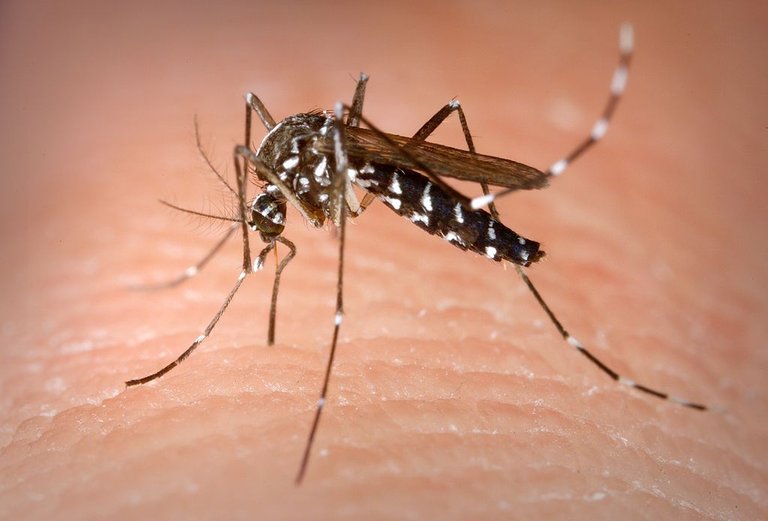
First of all, in order to have a case of Dengue Fever, you need the vector. Aedes mosquitoes are urban animals such that they lay eggs in stagnant water collection from man-made structures/equipment such as vase, unused toilet and basically after-the-rain water collection in anything that could hold stagnant water. They love to stay close to human and they actually prefer feeding on human blood than other vertebrates.
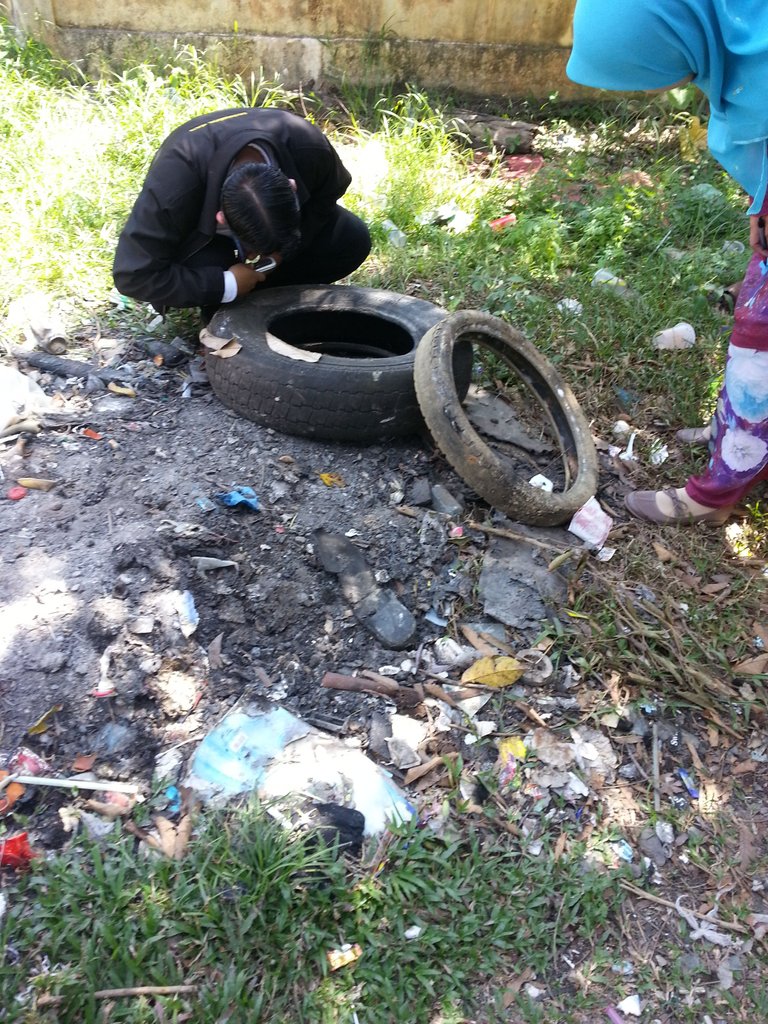
The mosquitoes usually hunt for blood meal for their nutrients as well as for their babies’ nutrients during early morning or late evening. Knowing the timing helps us to conduct timed fogging to catch them while they’re out hunting and prevent them from ever nourishing their potential young or even a possibility of surviving to be able to lay eggs.
The virus lives in the salivary gland of the mosquito and is released during feeding session. Although the mosquitoes are infected for life, there’s no detrimental effect of the virus towards the mosquitoes.
While mosquito bite is the primary route of transmission, once the virus is in the blood, it becomes a blood-borne infection which can be spread via blood donation and even in vertical transmission (From mother to the fetus)
THE DISEASE ENTITY
The spectrum of Dengue fever can be divided into 3 – Dengue Fever, Dengue Haemorrhagic Fever (DHF) and Dengue Shock Syndrome (DSS), with the latter two carrying the worst prognosis.
In the simplest way to explain what the virus does to our body – The virus replicates inside our white blood cell as well the stromal cell of our bone marrow. The white blood cell response by releasing inflammatory mediators and cytokines which is responsible for the fever and other acute febrile phase symptoms. Infection of the stromal cells of the bone marrow results in impaired production of platelets which are hugely responsible for preventing us from, you know, bleeding to death.
A Dengue fever follows a course of 3 phases:
Febrile phase which literally mean the phase where fever develops. In this phase, the classical signs and symptoms of Dengue Fever is present such as high-grade fever, nausea and vomiting, joint pain, retro-orbital pain and as stated heavily in the title - A DISTINCT TYPE OF RASH formed as a result of the capillary membrane leakage. Following the same leak and platelet reduction, the patient may also present with easy bruising and/or gum bleeding or epistaxis. This phase can last anywhere between 1 to 7 days.
Critical phase is the next phase to follow with majority of people making the mistake of thinking that they are all better at this phase. The reason for this assumption is because the fever has subside by the time they reach this phase however, it’s not called Critical for no reason right? Between day 4 to day 7, the danger here is that from the previous third space fluid loss, platelet consumption and electrolyte imbalance, a patient is in great risk of developing the aforementioned DHF or DSS.
If no DHF or DSS develops, the patient goes into Recovery phase where the reabsorption of fluid occurs and platelets starts to rise again.
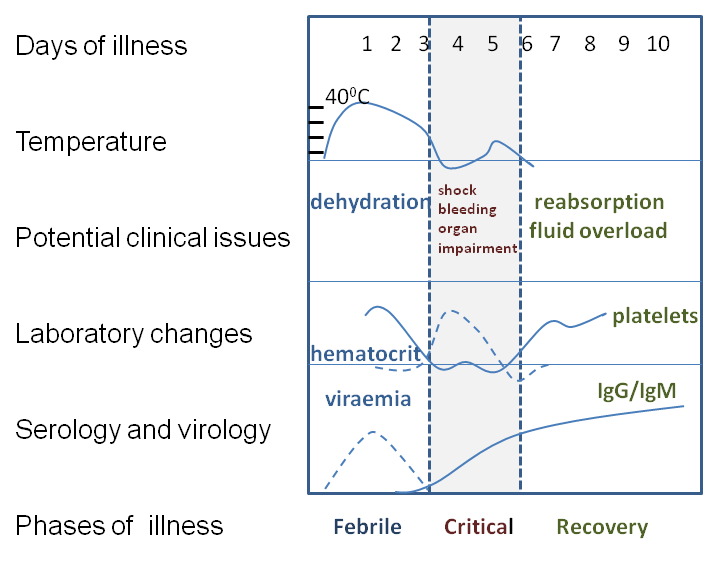
Now you would think that there’s the end of the story but what happened after a Dengue infection is that you are more likely to suffer from severe form of Dengue the next time you get another infection. The reason for that has to do with the different serotypes that I mentioned earlier.
When the first infection occur, that means one serotype of dengue virus is in your system and just like how the normal immune system would react to any infection, will produce memory cells that spurs faster response to the next infection of the same virus. While this feature of our immune system has enabled us to develop immunity from a lot of infection, when you get infected with a different serotype of Dengue virus, the mechanism backfire as it causes Antibody dependant enhancement.
TREATMENT
There’s currently no cure for dengue
That’s right, the treatment that we have at the moment are just aimed to relieve symptoms.
In view of the plasma leakage and third space fluid loss, patients are encouraged to drink more water if they can tolerate orally and if they can’t, an intravenous fluid administration is initiated to prevent the worsening of dehydration which could eventually lead to shock.
For those who went into shock, fluid resuscitation is of utmost important to prevent organs such as the kidneys and liver from failing.
In Malaysia, local studies conducted found that drinking blend of papaya leaves helps to reduce the consumption of platelets by the virus and this new breakthrough had since been use in the country to further augment the supportive treatment of Dengue.
For the fever and pain, it can be managed with Acetaminophen such as Paracetamol which possesses both antipyrexic and an analgesic effect albeit the later one is milder.
As mentioned before, there is no cure for infection from Dengue virus. This unfortunate reality calls for a pursuit of a vaccine which could help millions of people in Dengue-endemic country. Although the Philippines claimed to have found a vaccine for Dengue, called Dengvaxia, the vaccines did not finish its safety profile study and that it was deemed as a political tool during the 2016 election. Around 830 000 people, mostly children were given vaccination as an attempt to illustrate good governance but it was found that giving the vaccine to seronegative subject (subjects who were never exposed to the infection yet) did not just result in the loss of vaccine efficacy in the long run, but it also increased the risk of complicating into DHF.
The fight against Dengue is a battle pioneered by the Public Health Department with myriads of campaigns and programs aimed at prevention. These includes education, community work to clean up the neighbourhood from stagnant water source as well as routine fogging. Construction areas are known to be the most susceptible setting for stagnant water source and are therefore, a common target by the Public Health Department with both heavy scrutiny on site-inspection as well as fogging schedule.
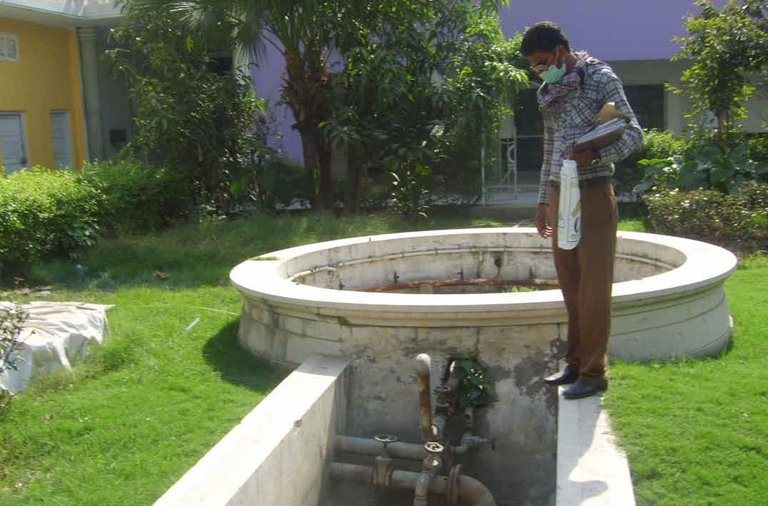
References:
- World Health Organisation: Dengue Haemorrhagic fever: Diagnosis, Treatment, Prevention and Control. Second Edition. Geneva. World Health Organisation, 1997
- Suchitra R, Niranjan K; Dengue Haemorrhagic fever and shock syndromes. Paediatric Critical Care Med 2011 Vol. 12, No. 1; 90-100
- Rigau-Perez JG et al., Dengue and Dengue Haemorrhagic fever. Lancet, 1998, 352:971-977
- Mohd-Zaki AH, Brett J, Ismail E, L’Azou M. Epidemiology of Dengue Disease in Malaysia (2000–2012): A Systematic Literature Review. Horstick O, ed. PLoS Neglected Tropical Diseases. 2014;8(11):e3159. doi:10.1371/journal.pntd.0003159.
- Pang E.L., Loh H.-S. Towards development of a universal dengue vaccine – How close are we? Asian Pacific Journal of Tropical Medicine, Volume 10, 2017
Hi @thethinkingdr. Brilliant piece of article. However, I would like to make a few suggestions to make it better:
Please note that I'm not in any way, try to disapprove your work. You've done an excellent job here, but you can make it better. If you have any problem regarding STEM-related articles, you can join steemSTEM Discord Channel and we will be glad to assist you.
Thank you so much kind sir, i have made the necessary rectification for the post. Shall remember to keep that in mind. Thank you for reading the post ;) Glad to know you liked it.
Ineresting one @thethinkingdr
Well, somewhere I read goat milk also helps in recovery from dengue though I can not say it with surety.
There are several labs working on dengue treatment and one of the in my institute is also working on it but they are mostly into the detection kit, to identify it in the early age.
Cheers
Oh goat milk? Yummy haha. Well we use NS1-Antigen detection kit here because it's rapid.
Congratulations! This post has been upvoted from the communal account, @minnowsupport, by thethinkingdr from the Minnow Support Project. It's a witness project run by aggroed, ausbitbank, teamsteem, theprophet0, someguy123, neoxian, followbtcnews, and netuoso. The goal is to help Steemit grow by supporting Minnows. Please find us at the Peace, Abundance, and Liberty Network (PALnet) Discord Channel. It's a completely public and open space to all members of the Steemit community who voluntarily choose to be there.
If you would like to delegate to the Minnow Support Project you can do so by clicking on the following links: 50SP, 100SP, 250SP, 500SP, 1000SP, 5000SP.
Be sure to leave at least 50SP undelegated on your account.